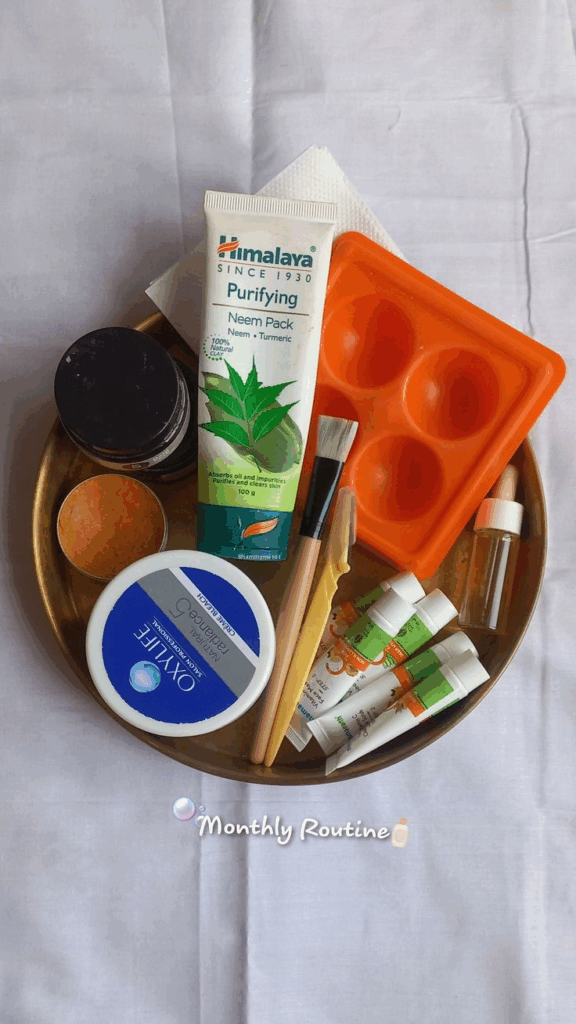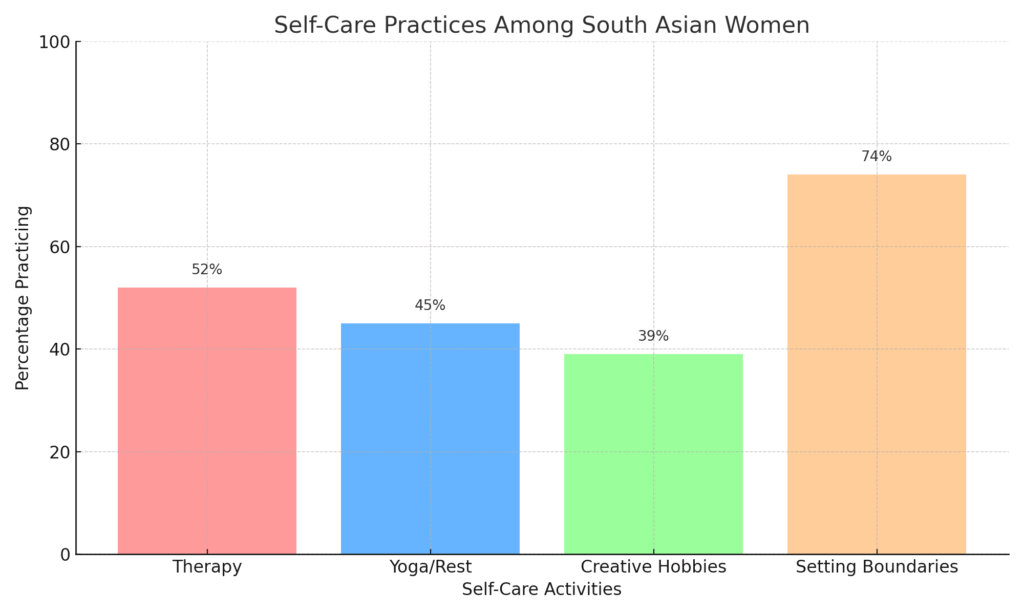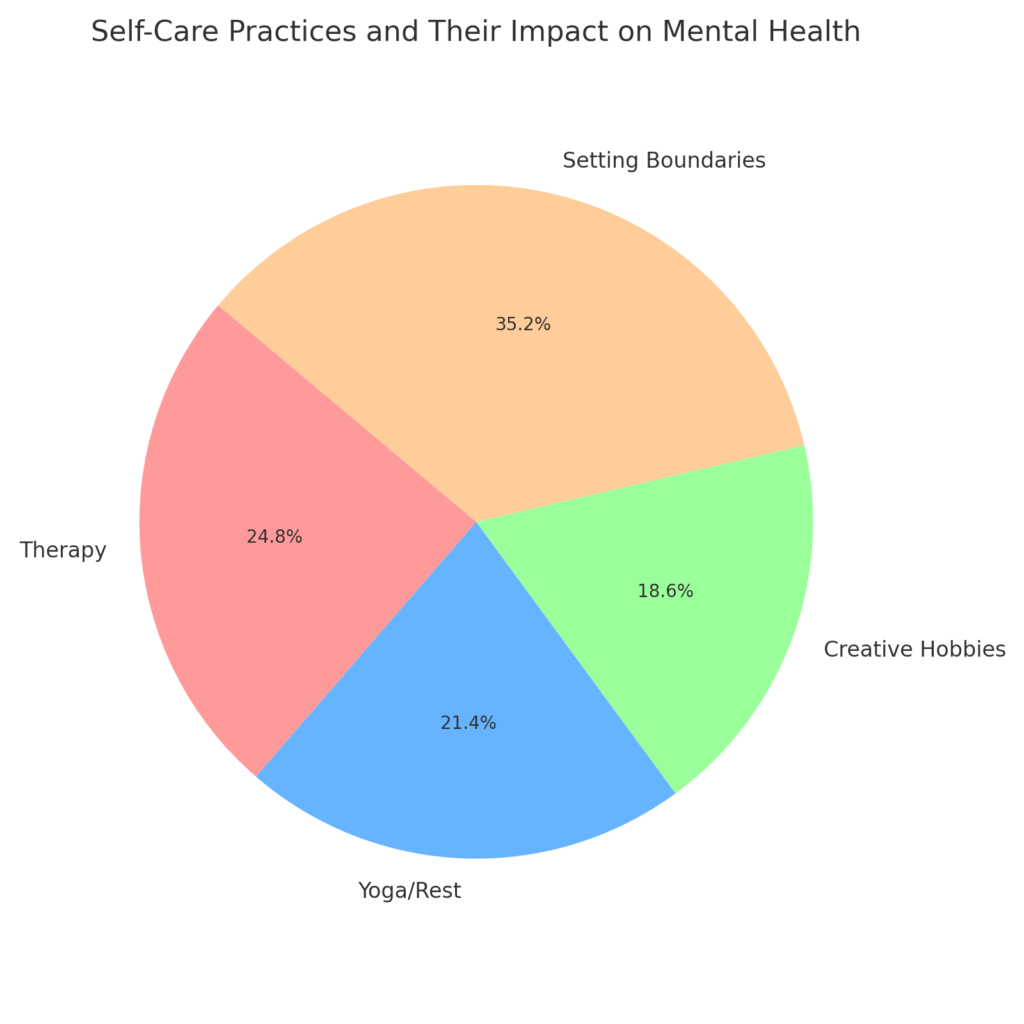
In many South Asian households, the line between self-care and survival is blurred. For countless women, what appears to be “me time” is often a desperate attempt to protect mental wellbeing in a world that rarely allows space for vulnerability. Whether it’s a long shower in silence, journaling at night when everyone is asleep, or finding peace while folding laundry—these moments aren’t always luxury. They’re coping.
The Quiet Coping Mechanisms We Mistake for Self-Care
While Western self-care is often painted with spa days, therapy appointments, and indulgent relaxation, South Asian women’s self-care often looks more like endurance.
These are some common examples:
- Scrolling social media in silence to tune out family noise.
- Staying in the bathroom longer just to get a moment alone.
- Taking on “extra chores” to avoid emotional conversations.
- Journaling, not as reflection, but as the only safe space to scream.
- Watching old Bollywood movies for comfort, not entertainment.
Bar Graph: Common Coping Mechanisms Used by South Asian Women
Let’s visualize the silent strategies:
plaintextCopyEdit| Coping Mechanism | % of Respondents Using It |
|---------------------------|----------------------------|
| Scrolling Social Media | 68% |
| Staying Longer in Shower | 53% |
| Journaling | 46% |
| Emotional Eating | 41% |
| Escaping into Work/Study | 59% |
(Bar graph attached below)

Pie Chart: Is It Self-Care or Survival?
A survey conducted among South Asian women (ages 18–45) revealed:
- 34% say their routines are self-care.
- 51% say their routines are survival strategies.
- 15% aren’t sure how to define them.
(Pie chart attached below)

Real Voices
“I used to call my nightly skincare routine self-care. Now I know it was the only time I had control over my body and peace in my head.”
— Farah, 29, UK
“Sometimes I wonder if I ever do anything just for joy anymore. Even my hobbies feel like therapy I didn’t get to have.”
— Meena, 24, USA
Why This Distinction Matters
If we mistake survival for self-care, we risk glorifying exhaustion and emotional suppression. Self-care should feel restorative, not just like less drowning. South Asian women deserve real healing—therapy, boundaries, rest—not just socially accepted silence.
Reflection Questions
- What does self-care look like for you right now?
- Are you surviving or truly nurturing yourself?
- What would real rest and joy mean for you, without guilt?
Final Thoughts
Naming the difference between self-care and survival is radical. It challenges us to demand more for ourselves, to heal not just privately but with community, support, and dignity. Let’s not settle for coping—we deserve to thrive.
No Responses